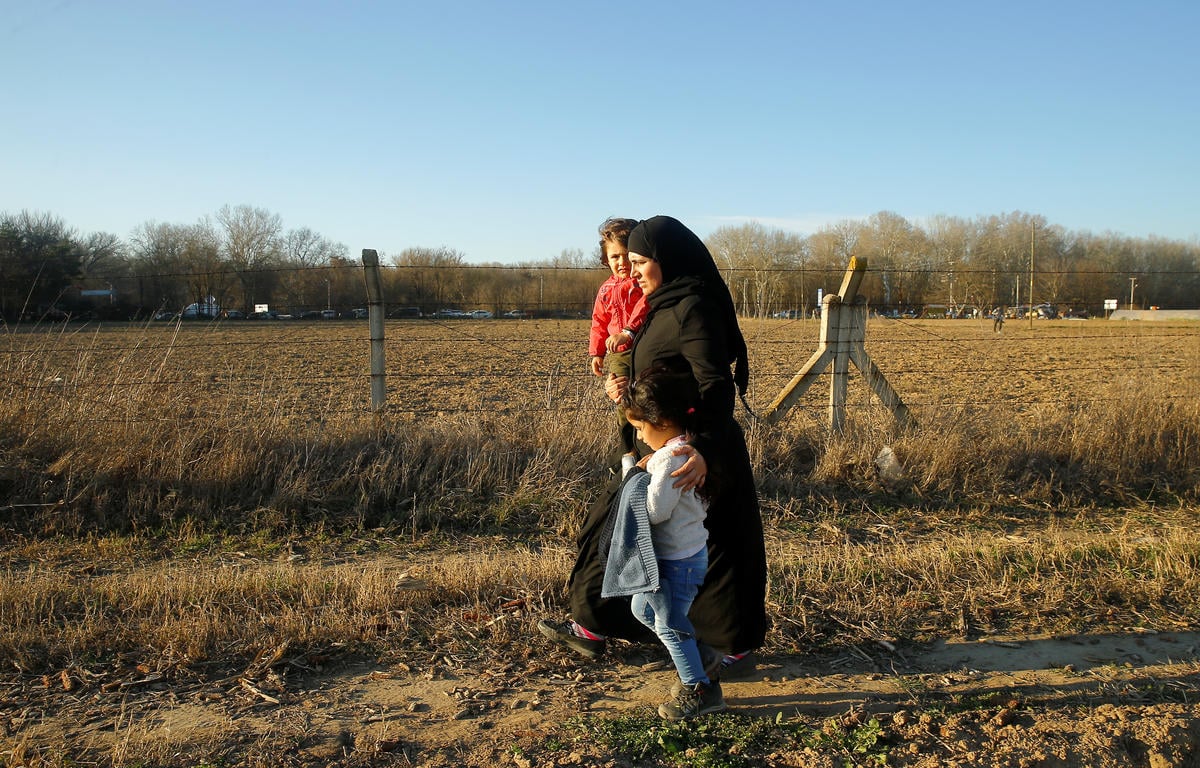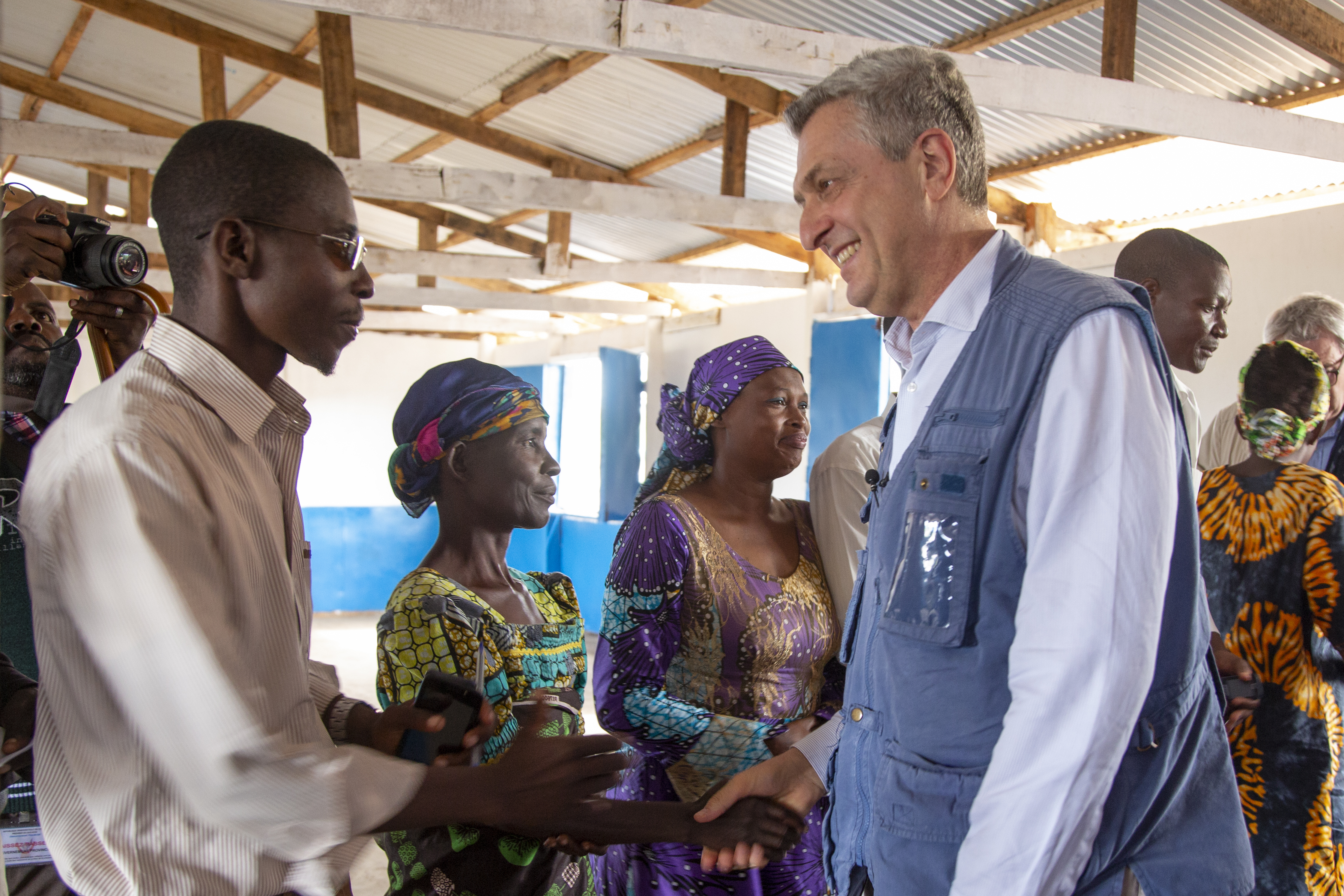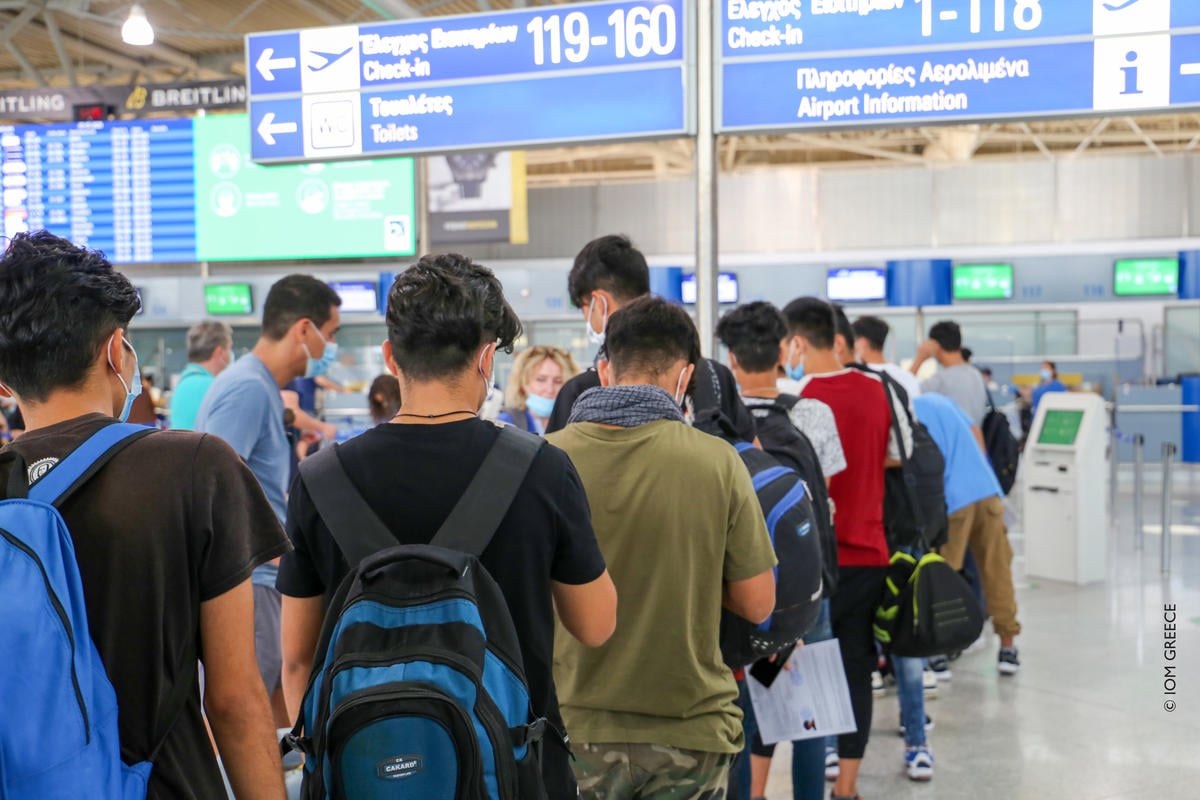Mixed migration flow from the Horn of Africa reaches new record levels
Mixed migration flow from the Horn of Africa reaches new record levels
A record number of African refugees and migrants are arriving in Yemen this year. More than 43,000 people reached Yemen's shores in the Gulf of Aden and the Red Sea in the first four months of 2012 alone. During the same period last year almost 30,000 people made the same perilous journey. In total, more than 103,000 people from the Horn of Africa arrived in Yemen in 2011 - a record number since UNHCR began compiling these statistics in 2006. Should the current trend continue, 2012 would sadly become another record year.
The striking increase in the overall number of the new arrivals in Yemen reflects the growing Ethiopian population on the move. Today, three out of four people making the crossing to Yemen are Ethiopian nationals. Four years ago, Somali refugees constituted three quarters of all arrivals in Yemen.
All those who decide to make the crossing expose themselves to extreme risks and dangers at every stage of their journey. They face shocking levels of abuse and violence by smugglers, as well as arbitrary arrests and detention, closed borders and forced returns, trafficking, lack of access to shelter, water, food or medical assistance. Most of these people board rickety boats on the beaches near the port towns of Obock in Djibouti or Bossaso in Somalia. Those who ultimately reach Yemen often arrive exhausted, dehydrated, malnourished and in a state of shock.
All Somali arrivals are automatically recognized as refugees in Yemen and thus have access to documentation and enjoy relatively unhindered freedom of movement. UNHCR maintains a well-established network of transit and reception centres along Yemen's Gulf of Aden coastline, while along the hundreds of kilometres of Yemen's Red Sea coast it is becoming increasingly difficult to reach new arrivals due to security constraints and limited access.
The situation is profoundly different and more difficult for Ethiopian nationals. Few Ethiopians decide to seek asylum upon arrival to Yemen. Many cite lack of prospects and dire economic situation compounded by drought as the key reasons for making the move. To avoid detention and deportation, they attempt to evade contact with the authorities. Insecurity in Yemen has also led to a proliferation in smuggling and trafficking activities. Once ashore in Yemen, they are picked up on the beaches by criminal groups involved in trafficking and smuggling of people to other Gulf states.
We note with concern that there are persistent reports of violence and abuse as many Ethiopians migrants fall victims to robberies, abuse and extortion. For Ethiopian nationals who do not fall under the protection of the Refugee Convention, there is virtually no protection space. They are extremely vulnerable and often become easy prey for traffickers and smugglers. There have also been increasing cases reported to UNHCR involving the trafficking and abuse of Somali refugees and other nationalities.
Meanwhile, Yemen is also coping with a significant internal displacement as tens of thousands of civilians flee tribal clashes in the north and fighting between government troops and militant groups in the south. There are currently 470,000 registered IDPs in Yemen and an additional 95,000 are estimated to have been displaced this year in the north and the south of the country.
This year, UNHCR is seeking US$60 million to address the protection and humanitarian needs of some 220,000 refugees and almost half a million internally displaced people (IDPs) in Yemen. So far we have received a third of required funds. We hope that both government and private donors will respond adequately and in timely manner, thus allowing UNHCR to meet the existing needs of refugees and IDPs in Yemen.
For more information on this topic, please contact:
- In Yemen, Edward Leposky on mobile +967 71 222 4022
- In Geneva, Andrej Mahecic on mobile: +41 79 200 76 17








